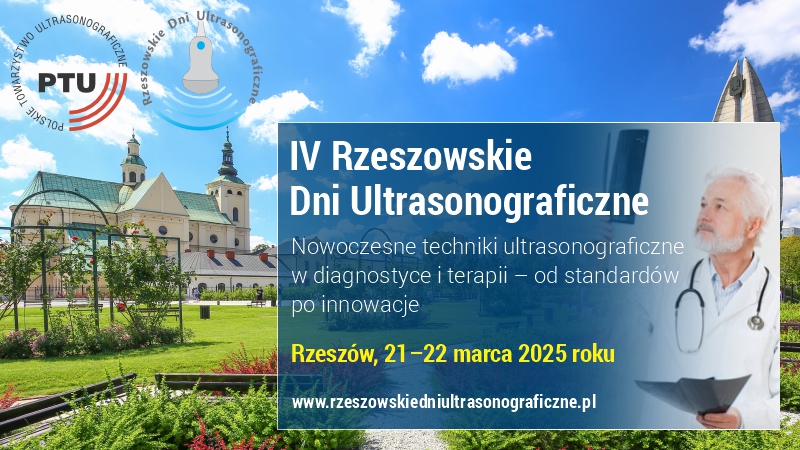Sonographic detection of inferior subluxation in post-stroke hemiplegic shoulders
Bukunmi M. Idowu1, Oluwagbemiga O. Ayoola1, Victor A. Adetiloye1, Morenikeji A. Komolafe2, Babalola I. Afolabi1
 Affiliation and address for correspondence
Affiliation and address for correspondenceAim of the study: To evaluate the usefulness of ultrasonographic acromion-greater tuberosity distance measurement and Shoulder ratio in detecting post-stroke inferior shoulder subluxation. Material and methods: Forty-five hemiplegic stroke patients and 45 controls underwent shoulder sonography to measure their acromion-greater tuberosity distance. Side-to-side acromion-greater tuberosity distance differences and Shoulder ratios were derived from the acromion-greater tuberosity distance values. The long head of biceps tendon, subscapularis tendon, supraspinatus tendon, and the infraspinatus tendon were also evaluated to exclude full thickness tendon tears. Data were analyzed using the Statistical Package for Social Sciences version 20.0 for windows. Normality of data distribution was checked using the Kolmogorov–Smirnov test. Mann–Whitney U test and Chi-square tests were utilized. Results: Hemiplegic and control shoulders’ acromion-greater tuberosity distance values were 2.8 ± 0.6 cm and 2.4 ± 0.4 cm, respectively (p = 0.001). Hemiplegic and control shoulder ratios were 1.3 ± 0.3 and 1.1 ± 0.1, respectively; p < 0.001. Point biserial correlation showed that the presence of subluxation correlated moderately with higher shoulder ratios in all the hemiplegics (rpb = 0.520; p < 0.001). Conclusion: Our results suggest that acromion-greater tuberosity distance measurement is useful for detecting inferior shoulder subluxation. Shoulder ratio may be of complementary or supplemental value to acromion-greater tuberosity distance difference.






